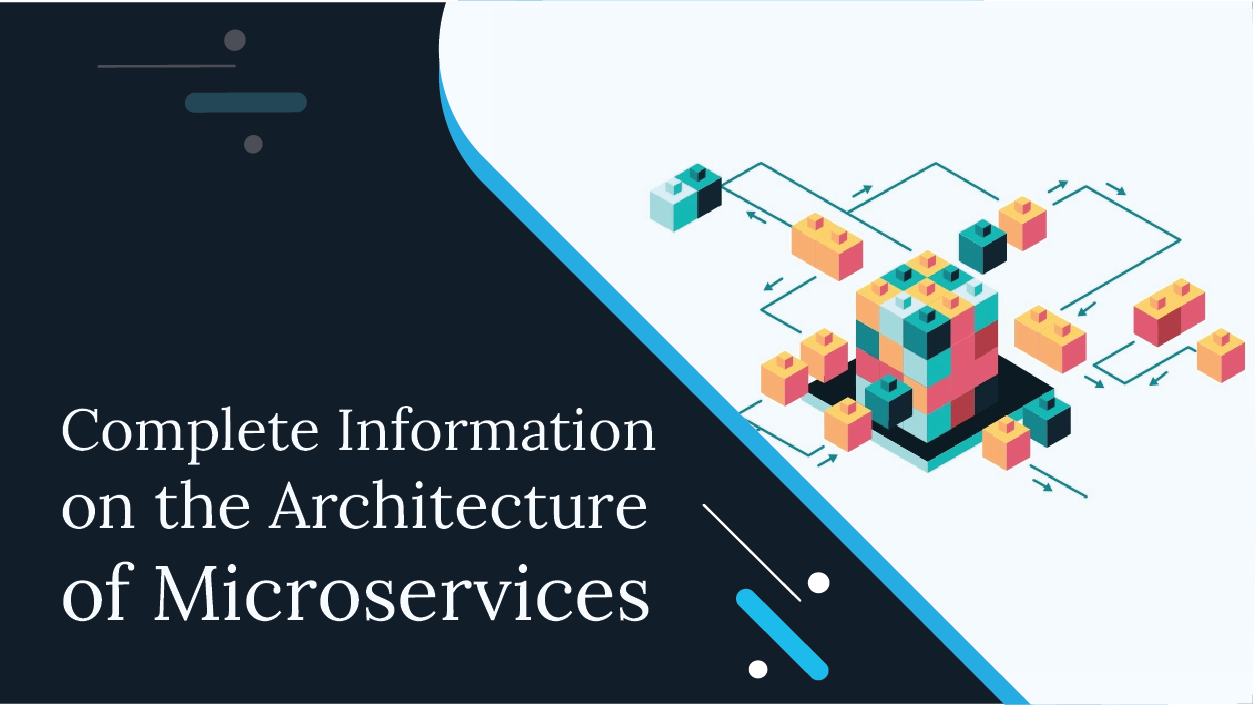Microservices architecture is an approach to developing a single application as a suite of small services, each running in its process and communicating with lightweight mechanisms such as an HTTP resource API. These microservices are created around the capabilities of a business and are autonomously deployable. The centralized management of these microservices may be written in different programming languages and use different data storage technologies.
There is no need for manual, ad-hoc spaghetti code integration. Services can be scaled individually; so, if you need more capacity in one area of your application you can simply add more instances of that service.
A case study on microservice architecture
The microservice architecture enables continuous delivery by allowing teams to develop new features independently, with minimal interference. These services are built in such a way that they can be developed, tested, deployed, and scaled independently; thus, making it easy to replace or update parts of the system without impacting any other part.
Things to consider while building a microservice architecture
Microservice architecture is a design pattern for developing an application as a collection of loosely coupled services. These services can be written in different programming languages, use different data storage, and have different configurations, depending on their purpose. The key to building good microservice architecture is to keep it simple so that it can be scalable and maintainable.
How to test microservices?
This is a difficult question to answer because it depends on the type of system you are building. If you are building a RESTful API, then you can use any tool that supports HTTP requests to test your endpoints. If you are building an application that uses a database or stores files somewhere, then you need to be able to run code against that database or read and write files from that location.
Benefits of microservice architecture
The architecture of microservices is a style of software engineering for developing applications as a suite of small interconnected services, rather than a single monolithic application. This can help with scalability, maintainability, and interoperability. There are many benefits to microservice architecture. It provides scalability by dividing an application into individual services that can be scaled independently from one another.
Maintaining each service is also simpler because changes only affect a single service, which results in less downtime. And if there’s ever a need to change data or APIs within the system, all you have to do is make changes in one place instead of having them ripple through the entire system.
Every business is becoming digital. As a result, the way software is designed and developed is changing. This is the era of microservices. The applications are composed of a collection of small components that are decoupled and can be developed and deployed independently. This blog provides an overview of the architecture of microservices.

